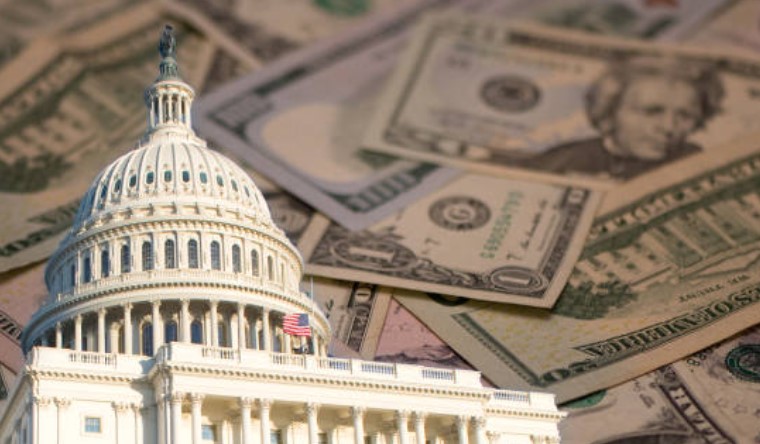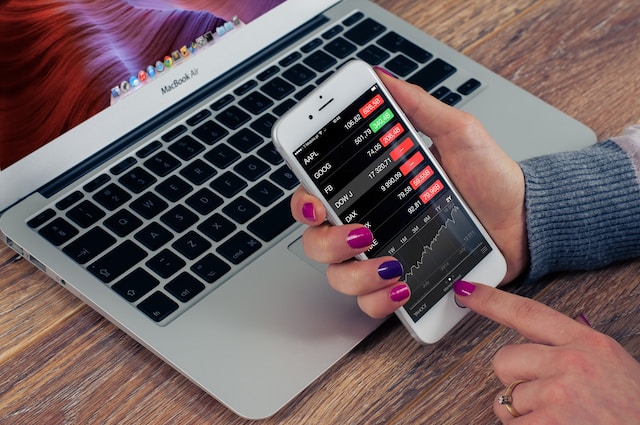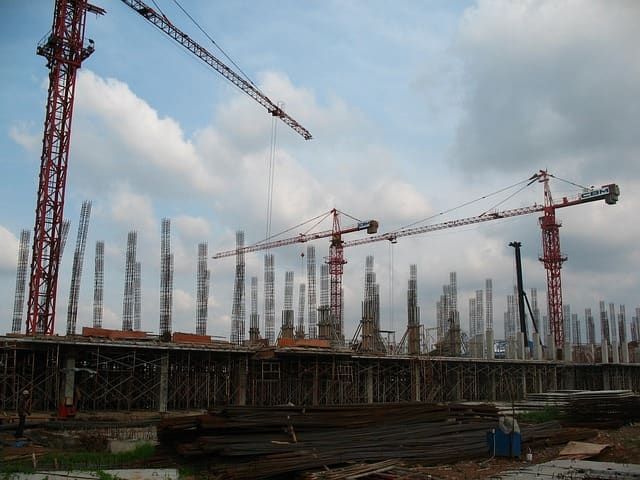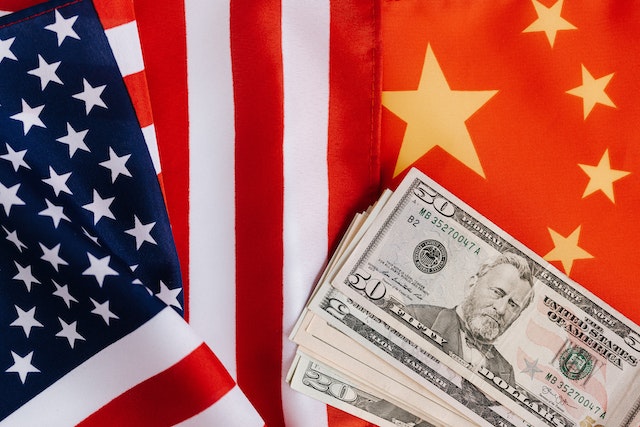 Every day, millions of users scroll through Instagram, engaging with content that subtly influences what they buy, how they think, and even who they support politically. From viral challenges to sponsored posts, creators have become powerful cultural architects. Brands, businesses, and political campaigns now rely on influencers to drive consumer behavior and sway opinions.
Every day, millions of users scroll through Instagram, engaging with content that subtly influences what they buy, how they think, and even who they support politically. From viral challenges to sponsored posts, creators have become powerful cultural architects. Brands, businesses, and political campaigns now rely on influencers to drive consumer behavior and sway opinions.
The rise of digital creators has changed marketing and decision-making forever. With curated feeds and targeted content, influencers shape buying habits, voter preferences, and even economic patterns. For many aspiring creators, buying Instagram followers has become an early strategy to build credibility and attract partnerships. This shift demonstrates how closely social influence connects to economic power.
1. Driving Consumer Spending Through Visual Storytelling
Instagram thrives on visual appeal, and influencers master the art of persuasion through lifestyle storytelling. A single post showcasing skincare, sneakers, or vacation spots can trigger a surge in demand. According to market studies, nearly 70% of consumers are more likely to purchase a product if promoted by a creator they trust. For a deeper look into how influencer-driven ads impact both the economy and society, check out this guide on advertising’s economic and social value.
- Sponsored content boosts sales instantly.
- Micro-influencers build deeper personal connections with audiences.
- Shoppable posts have turned scrolling into shopping within seconds.
This shift has redefined traditional advertising. Brands now allocate bigger budgets to creators than to TV or print campaigns because consumers relate to personalities, not billboards.
2. Shaping Political Campaign Strategies
Politics has found its stage on Instagram, and influencers often act as unexpected campaign allies. Politicians increasingly partner with creators to reach younger audiences, particularly Gen Z voters. While television debates and rallies still matter, Instagram Reels and Stories spread messages faster and in more personal ways.
From climate change awareness to voter registration drives, creators amplify political causes. Their ability to humanize issues and spark discussions makes them vital in shaping public perception. A 2024 study found that election-related content shared by influencers outperformed traditional ads by 43% in engagement.
3. Setting Lifestyle and Spending Trends
Influencers don’t just promote products; they set cultural benchmarks for lifestyles. Fitness routines, fashion aesthetics, travel choices, and even home decor trends often trace back to creator-driven content. People emulate what they admire, and Instagram has become a modern showroom for aspiration.
For businesses, staying relevant now means staying in sync with influencer-led movements. From plant-based diets to sustainable shopping, entire industries shift when creators introduce new ideas to their followers.
4. Boosting Small Businesses and Local Economies
Independent creators have become catalysts for small business growth. A single viral post can transform an unknown startup into a national sensation overnight. This “digital word-of-mouth” power helps level the playing field for smaller brands competing against big corporations.
Some common strategies include:
- Collaborating with nano-influencers for authentic reach.
- Offering discount codes to drive direct sales.
- Using live-stream shopping events to engage audiences in real time.
For local economies, Instagram has become a lifeline. From handcrafted jewelry sellers to boutique cafes, businesses thrive when influencers amplify their presence.
5. Reshaping Investment and Financial Decisions
Instagram has entered the world of finance, influencing investment patterns and economic behaviors. Financial influencers—or “finfluencers”—simplify complex topics like crypto trading, stock tips, and saving strategies. Their growing popularity has sparked regulatory debates, but their influence is undeniable.
For younger audiences especially, financial decisions are now heavily social-driven. People invest in companies, technologies, and products they repeatedly see endorsed by trusted voices online.
The Ripple Effect of Influence
Instagram influencers sit at the intersection of culture, economics, and politics. By shaping tastes, opinions, and behaviors, they’ve become key players in global conversations. Brands and policymakers alike have realized the strength of digital influence and continue to integrate creators into their strategies.
The future belongs to those who adapt. As consumer behavior evolves and political narratives shift, Instagram will remain one of the most influential spaces for shaping perspectives and powering change.


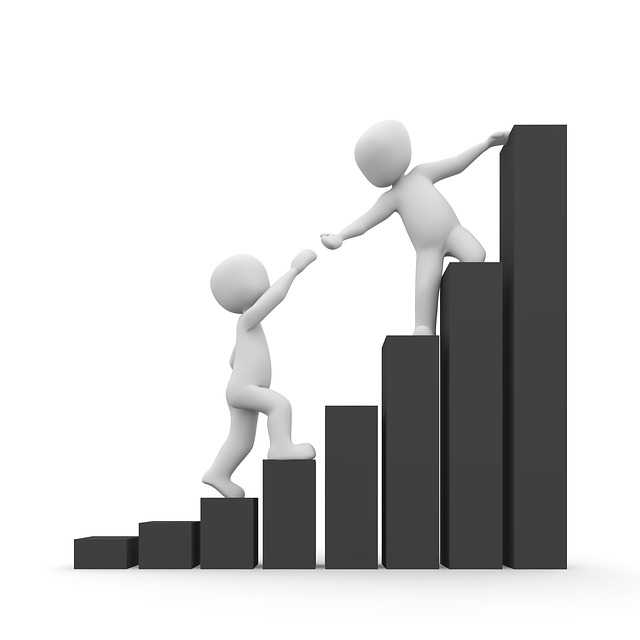
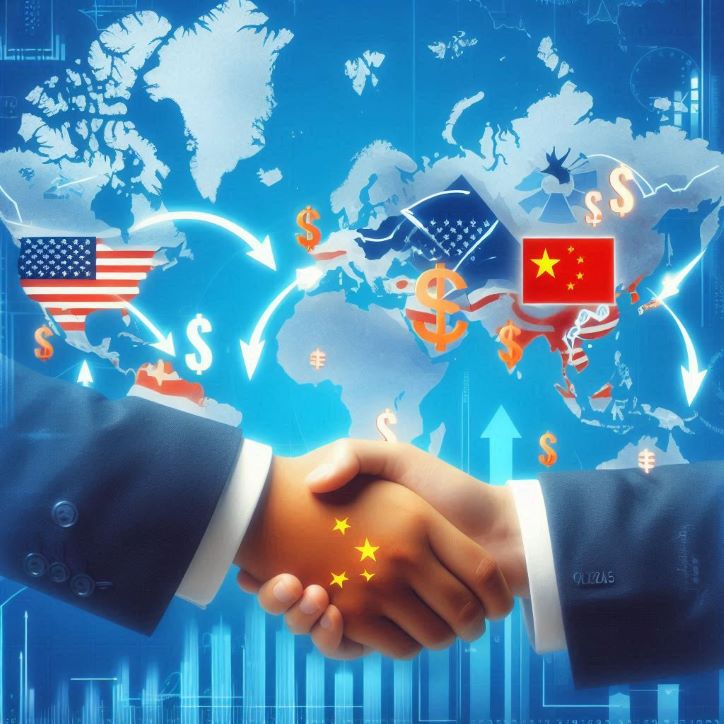



















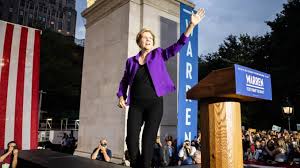

 Proprietary trading firms now handle billions in daily transactions, driven by cutting-edge technology. Automated trading platforms have reshaped the financial landscape, streamlining trades and boosting profits. But what does this mean for the people behind the screens? The rise of automation is transforming job roles in finance, sparking debates about fairness, accessibility, and the future of work in this fast-paced industry.
Proprietary trading firms now handle billions in daily transactions, driven by cutting-edge technology. Automated trading platforms have reshaped the financial landscape, streamlining trades and boosting profits. But what does this mean for the people behind the screens? The rise of automation is transforming job roles in finance, sparking debates about fairness, accessibility, and the future of work in this fast-paced industry.
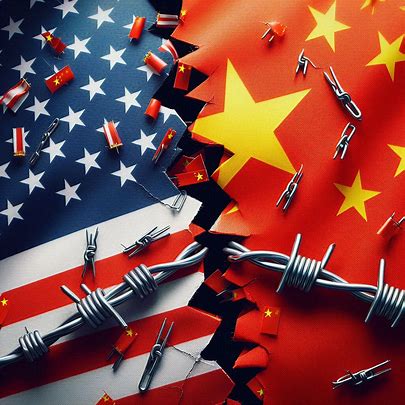

 Government policies directly shape the transport and logistics sector, influencing access to financing and the cost of business loans. These changes affect how companies manage operations, expand fleets, and sustain growth. The transport and logistics industry is vital for economic stability in Australia, making it especially sensitive to policy shifts.
Government policies directly shape the transport and logistics sector, influencing access to financing and the cost of business loans. These changes affect how companies manage operations, expand fleets, and sustain growth. The transport and logistics industry is vital for economic stability in Australia, making it especially sensitive to policy shifts.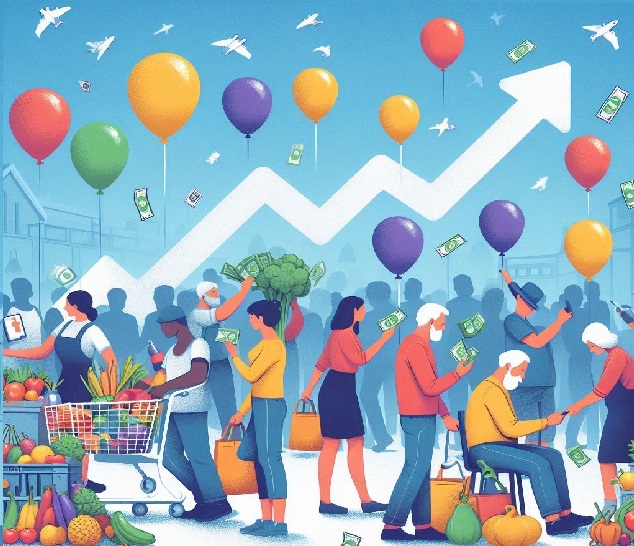
 Texas has one of the fastest-growing housing markets in the United States, with mortgage lenders playing a pivotal role in shaping its landscape. Lenders in cities like Lubbock, including prominent institutions like Herring Bank, influence not only home financing but also broader housing market policies and regulations. These institutions contribute significantly to the economic fabric of the state, ensuring accessible housing for many.
Texas has one of the fastest-growing housing markets in the United States, with mortgage lenders playing a pivotal role in shaping its landscape. Lenders in cities like Lubbock, including prominent institutions like Herring Bank, influence not only home financing but also broader housing market policies and regulations. These institutions contribute significantly to the economic fabric of the state, ensuring accessible housing for many. Costa Rica has consistently been recognized as one of the most stable economies in Latin America, a fact that directly influences its flourishing real estate sector. Favorable economic policies, political stability, and a strong emphasis on sustainability have made the country a magnet for investors. The result? A booming real estate market with no signs of slowing down.
Costa Rica has consistently been recognized as one of the most stable economies in Latin America, a fact that directly influences its flourishing real estate sector. Favorable economic policies, political stability, and a strong emphasis on sustainability have made the country a magnet for investors. The result? A booming real estate market with no signs of slowing down. Decentralized finance (DeFi) has emerged as a transformative force in the financial landscape. Unlike traditional financial systems, DeFi operates on blockchain technology, allowing users to engage in financial transactions without intermediaries. This shift is not just about convenience; it is reshaping economies’ global functions.
Decentralized finance (DeFi) has emerged as a transformative force in the financial landscape. Unlike traditional financial systems, DeFi operates on blockchain technology, allowing users to engage in financial transactions without intermediaries. This shift is not just about convenience; it is reshaping economies’ global functions. The general cost of healthcare is largely influenced by medical malpractice insurance. Particularly in high-risk areas like surgery and obstetrics, premiums for this insurance might be somewhat hefty. Many times passed on to patients as higher medical fees, these expenses help to explain the growing expense of healthcare. Further increasing healthcare expenses is the fear of litigation, which can lead to defensive medicine practices whereby doctors order pointless tests and treatments to guard themselves from possible lawsuits.
The general cost of healthcare is largely influenced by medical malpractice insurance. Particularly in high-risk areas like surgery and obstetrics, premiums for this insurance might be somewhat hefty. Many times passed on to patients as higher medical fees, these expenses help to explain the growing expense of healthcare. Further increasing healthcare expenses is the fear of litigation, which can lead to defensive medicine practices whereby doctors order pointless tests and treatments to guard themselves from possible lawsuits. In recent months, global politics have heavily influenced economic trends, with one of the most notable examples being the impact of ongoing conflicts in the Middle East. Tensions in this region have historically influenced global oil prices, and the current situation is no exception. With oil prices fluctuating due to political instability, the ripple effects are being felt across global markets. Rising energy costs contribute to inflation, which has become a pressing concern for developed and emerging economies.
In recent months, global politics have heavily influenced economic trends, with one of the most notable examples being the impact of ongoing conflicts in the Middle East. Tensions in this region have historically influenced global oil prices, and the current situation is no exception. With oil prices fluctuating due to political instability, the ripple effects are being felt across global markets. Rising energy costs contribute to inflation, which has become a pressing concern for developed and emerging economies. The landscaping and lawn care businesses in the U.S. have been growing steadily in recent years, as market reports indicate that between 2017 and 2022, the industry has been growing at an average rate of 5.3% on a national scale. Statista’s year 2023 report shows that the industry has generated as much as $176.5 billion in revenues. Currently, the 2024 revenue generated by the Lawn and Landscape Market has already reached US$133 billion and is still increasing.
The landscaping and lawn care businesses in the U.S. have been growing steadily in recent years, as market reports indicate that between 2017 and 2022, the industry has been growing at an average rate of 5.3% on a national scale. Statista’s year 2023 report shows that the industry has generated as much as $176.5 billion in revenues. Currently, the 2024 revenue generated by the Lawn and Landscape Market has already reached US$133 billion and is still increasing. In the state of Georgia alone, the Landscape and Garden Market already reported interim revenues amounting to US$79.08 million. Based on that trend, it is projected that Georgia’s landscaping and gardening market will move forward from 2024 to 2028, at a growth rate of 6.52%.
In the state of Georgia alone, the Landscape and Garden Market already reported interim revenues amounting to US$79.08 million. Based on that trend, it is projected that Georgia’s landscaping and gardening market will move forward from 2024 to 2028, at a growth rate of 6.52%.
